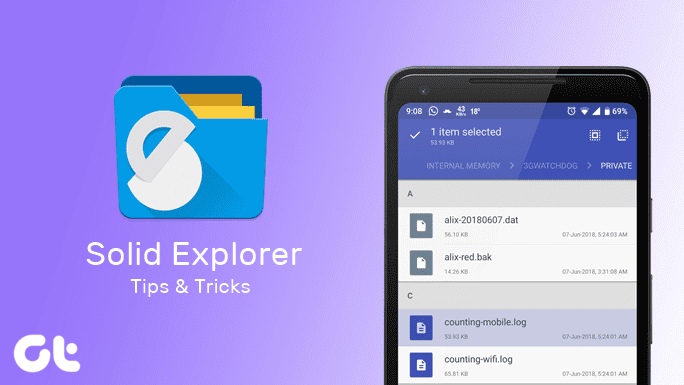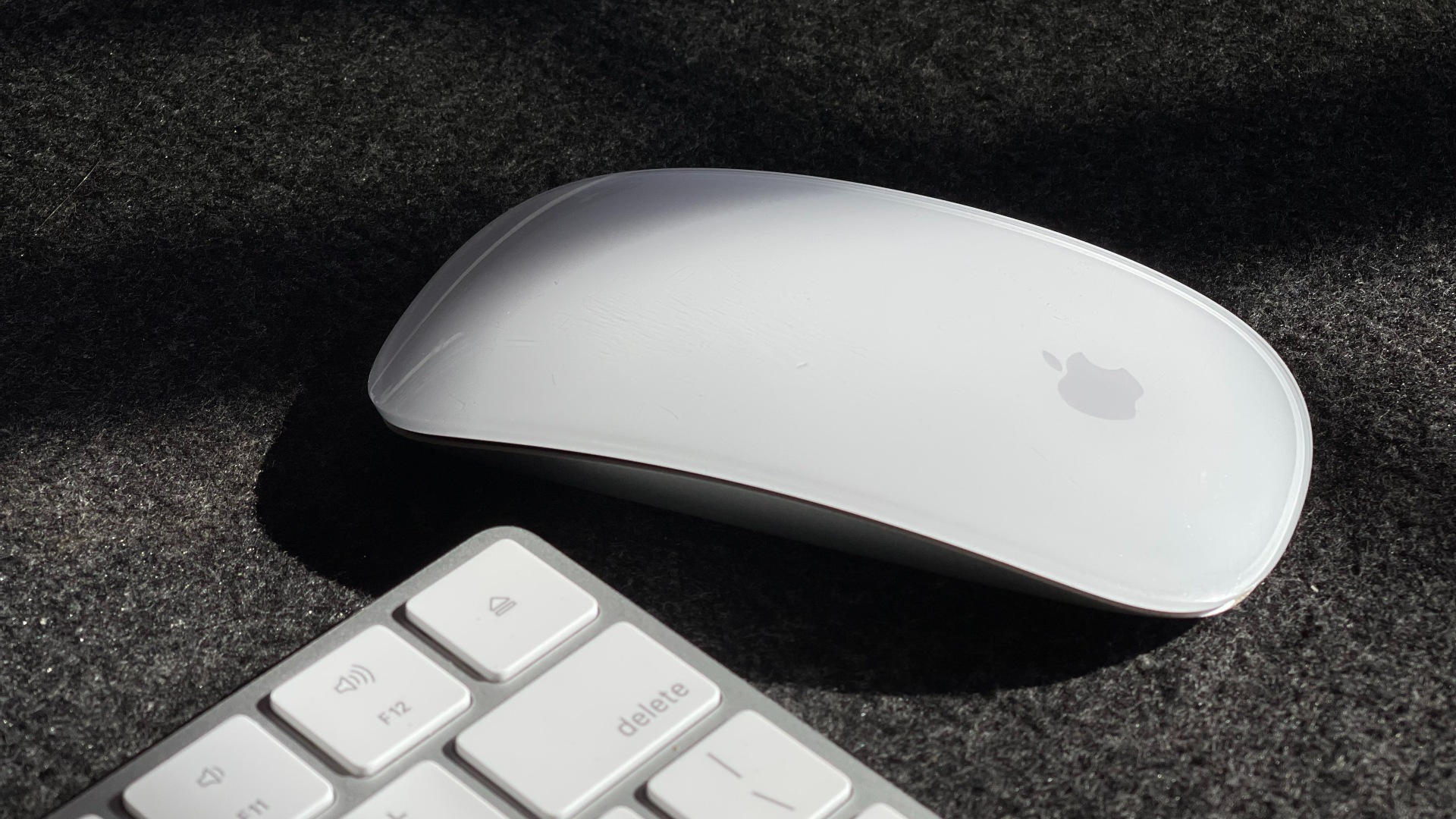Think about it. Back in the 1990s Apple famously removed the floppy disk from its computers in favor of USB even when floppy disks were fairly mainstream. Then Apple got rid of the compact disc drive from the MacBook Air in 2008 when most people were still using one. Now, the media is churning out rumors that the company is ditching the headphone jack in the upcoming iPhone 7. As someone who has been interested for a while in buying an iMac to secure myself for the future, it’s annoying that SSDs are still a ridiculously overpriced customization option. They come standard in MacBook Pro, MacBook, MacBook Air, iPad and iPhone. Yet click on the iMac Buy page and note that every single iMac model ships with either a 1TB or 2TB hard drive or Fusion drive. Upgrading to flash storage is at least an extra US$200 for any of these (and that’s for 256GB, a 75 percent reduction in storage space). As much as this pains me, I want to play the devil’s advocate here. So I have a few theories as to why Apple has yet to complete its transition to solid-state drives across all its products. Apple, you’re welcome.
Customers Need the Extra Space on a Desktop Computer
As you saw already, moving to flash storage often means that you’re going to get significantly less space. Because SSDs are more expensive to produce, getting the same amount of space that you would on a hard drive with moving parts requires you to cough quite a bit more money. If Apple understands its market as well as it seems to, perhaps it knows that this trade-off isn’t worth the switch yet for iMacs. iMacs are often the family computer in the household, the central hub where everyone’s digital life emanates from. That means that it probably has clusters of photos, music, movies and more for all members of the family rather than just one or two users. If that’s the case, it’s easy to justify keeping hard drives. One terabyte of storage space for $200 less than 256 gigabytes of storage space is a no brainer in this scenario.
Hard Drives Keep iMac Prices Lower
To piggyback off of that last remark, solid state drives are more expensive because they cost Apple more to make. If Apple wanted to include them in the standard iMac models while maintaining current profit margins, the prices of iMacs would have to go up. Obviously, this is not the case consumers like you and I want to hear, but that’s the reality of running a business. iMacs have steadily dropped over the years and now start at the lowest point ever: $1,099. I don’t foresee this entry-level model getting default flash storage any time soon for this reason. I could see perhaps Apple starting at the top tier models and working its way down. In fact, that seems to be what it’s doing with Fusion Drives (combinations of hard drives and flash storage) — the two priciest iMacs ship with those standard.
They’re Just Not a Priority in iMacs
This is the most likely reason why Apple hasn’t upgraded the iMac line to flash storage: it just doesn’t care enough to. It wouldn’t care enough because one of the primary technological advantages of SSDs is less relevant in the iMac: no moving parts. MacBooks, iPhones and iPads are constantly being thrown around, tossed into bags or dropped. These portable devices can benefit far more from having storage without moving parts since they’re more likely to break. Generally, people buy an iMac, plop it on a desk and it won’t move very much for the duration of its lifespan. Traditional spinning hard drives are in much less danger this way. As such, SSDs aren’t a priority for Apple… at least not yet. ALSO READ: How to Compare CPU, GPU, and SSDs Before Buying The above article may contain affiliate links which help support Guiding Tech. However, it does not affect our editorial integrity. The content remains unbiased and authentic.













